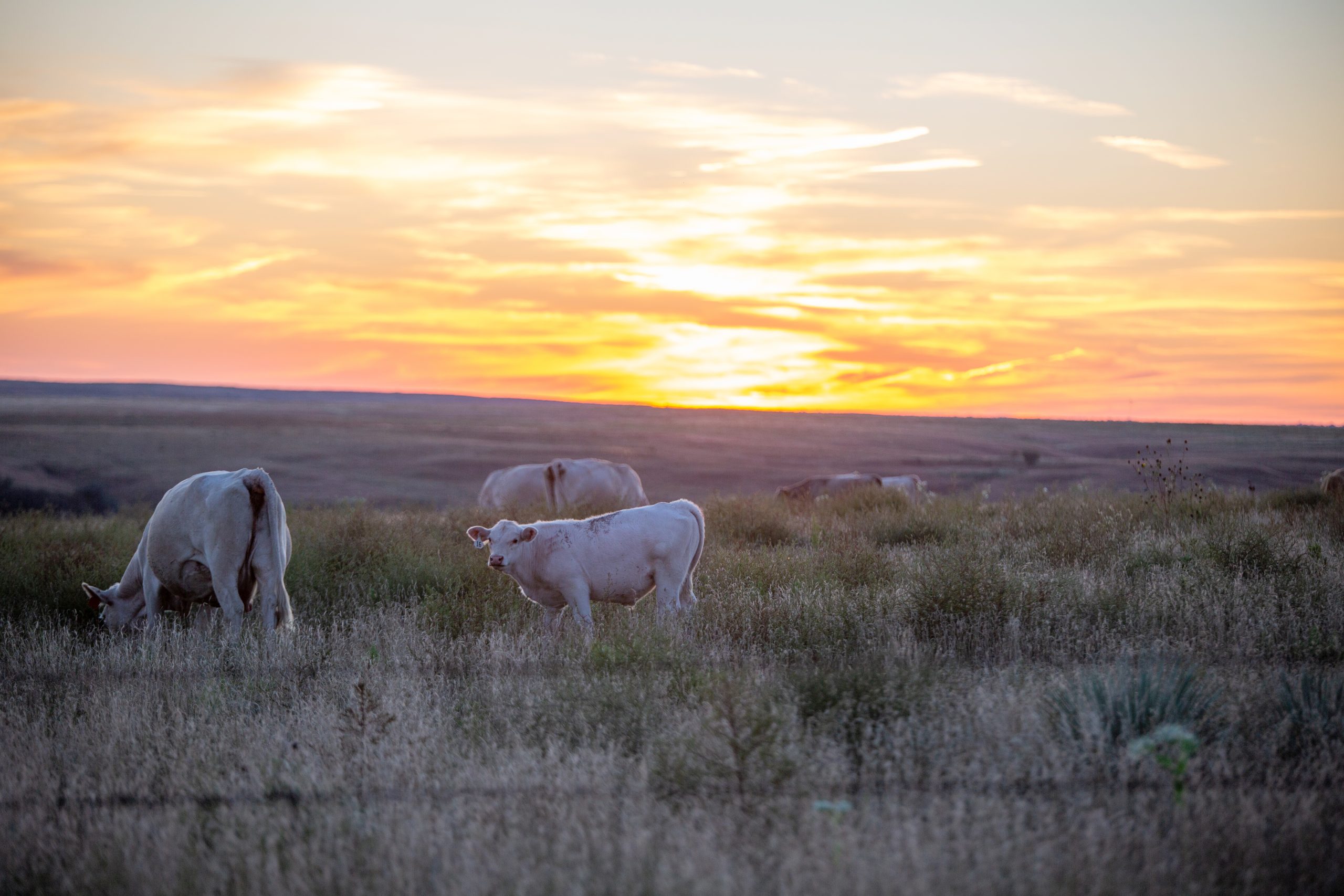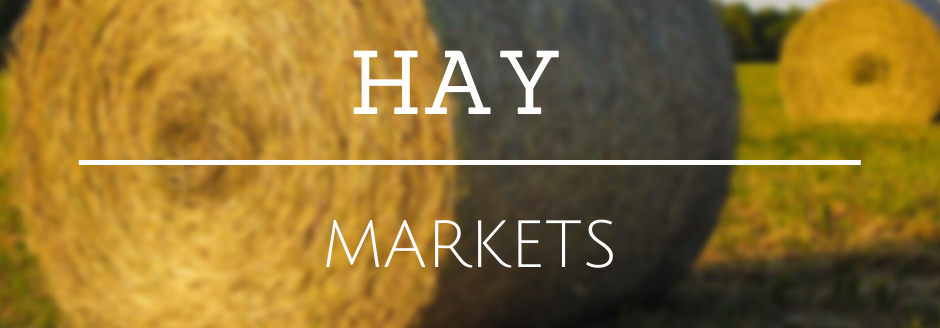During the September Southwest Drought Briefing, Curtis Riganti with the National Drought Mitigation Center at the University of Nebraska-Lincoln, gave his thoughts on the current climate conditions and outlook. Later on, Marina Skumanich with the National Integrated Drought Information System discussed the National Coordinated Soil Moisture Monitoring Network.
Riganti said some of the hardest hit regions because of drought include Canada, south central parts of the United States—especially in southeast Texas and southern portions of Louisiana, basically the western parts of the Gulf Coast.
“And then we have some lingering drought, mostly longer term in nature over the central Plains and then some newer areas of drought, which can extend or protracted from previous drought that had been ongoing,” he said.
There’s been some re-emergence of drought in parts of Arizona, New Mexico, and southwest Colorado.
“We’ve seen degradations in some cases by multiple categories, which has led us back into seeing some areas of extreme drought,” Riganti said.
He uses a couple different models to determine soil moisture levels when producing the drought monitor maps. One suggests the robust areas of soil moisture could point toward a lingering long-term signal.
“We did have a few areas of long term, abnormal dryness and moderate drought that were left there,” he said. “And we’re seeing kind of an extension of the relatively pretty dry soil moisture conditions that we have here locally in Lincoln, Nebraska, across much of the central High Plains. That does extend into parts of northeast New Mexico.”
Other models are producing a similar kind of signal, but Riganti said to look at the plants and landscapes too.
“Your root zone soil moisture suggests about the same thing,” he said.
Soil moisture monitoring
Skumanich is a program specialist with the National Coordinated Soil Moisture Monitoring Network. The network, alongside U. S. Department of Agriculture and other partners, is a multi-agency, multi-institutional initiative to integrate soil moisture data from around the country and to capitalize on its transformative potential for a wide range of applications across sectors of the economy.
“We don’t mean just drought,” she said. “So we want to serve drought needs, flooding, agricultural management, fire risk, and health problems.”
They do this through three key activities—building a network of networks, bringing in data streams, and supporting or funding the work. Skumanich acknowledged there is a number of state and federal mesonets already, some with relatively long durations.
“All of them doing a really good job of generating data, but it’s disparate and not connected,” she said. “The more data streams we come together, the better our chances of capturing the complicated dynamic which is soil moisture.”
They’re focused on building a networks of people who can communicate the data stream, data providers to the researchers and modelers who take the data and either do fundamental research to help people understand the world or build tools and applications that end users can take advantage of.
Ultimately they want to have a real time grid across the geography with user-friendly maps and tools.
They hope they’re able to tie all the information together—in situ data, remote sensing data, and modeled data—and make it something people can use and rely on.
“We really want to build information again all along the data pipeline,” she said. “So that involves developing technical assistance materials for data providers, people that are trying to install or already have installed or trying to maintain a soil moisture monitoring.”
NCSMMN would like to create standards so they know the data coming from different networks can always be comparable.
They want to make sure the datasets are built for research, not just for the tools. This will help advance the understanding of the science of the hydrological cycle in general, as well as deliver services on the ground. She said this means to make decisions and call themselves a soil moisture network.
“That’s our focus,” she said. “We also, of course, are focused on temperature for the various reasons that you need to know soil temperature to understand the soil moisture, but more generally, we really want to also make sure we address the metadata accompanied soil moisture.”
For more information visit drought.gov.
Kylene Scott can be reached at 620-227-1804 or [email protected].




